Dave Ramsey’s Baby Steps + Pros, Cons, & Good Alternatives

One of the most accepted money outlines in finances is Dave Ramsey’s 7 Baby Steps. It makes a clear-cut case for managing your money well.
And yet, when I read of the steps years ago, my overwhelming thought was that the plan wasn’t right for me.
Have you thought this too?
Everyone is different. So, a one size fits all approach just doesn’t work. That’s why, today, we are talking about great pros, cons, and alternatives to this time-tested method.

What are the 7 Steps of Dave Ramsey?
First, here’s a quick and dirty outline of the Dave Ramsey baby steps and how to make each step work. Then, we will dig into other ways you can excel with your money.
You are meant to follow these in order:
Baby Step 1: Build a $1,000 Emergency Plan (Less Than 30 Days)

This isn’t a fully funded emergency plan. Rather, it is a buffer with your money should something minor come up. Which it does for all of us!
Tips To Make It Work:
- To find the money, Dave advocates a zero based budgeting system in which you analyze all of your needs and wants and put every dollar to work.
- Give yourself a deadline to get this done ASAP. This step should be quick!
Baby Step 2: Pay Off Debt (Except Your Mortgage)
You won’t get far with your money if you are saddled with debt. There’s just no way around it.
Dave Ramsey promotes the debt snowball approach. In this approach, you pay off your smallest debt first and continue until you tackle your largest debt (regardless of interest rates). His belief is that this builds psychological momentum.
And studies do show that this method is successful. Not only does it build “small wins” but you are also concentrating on one debt at a time. Focus matters.
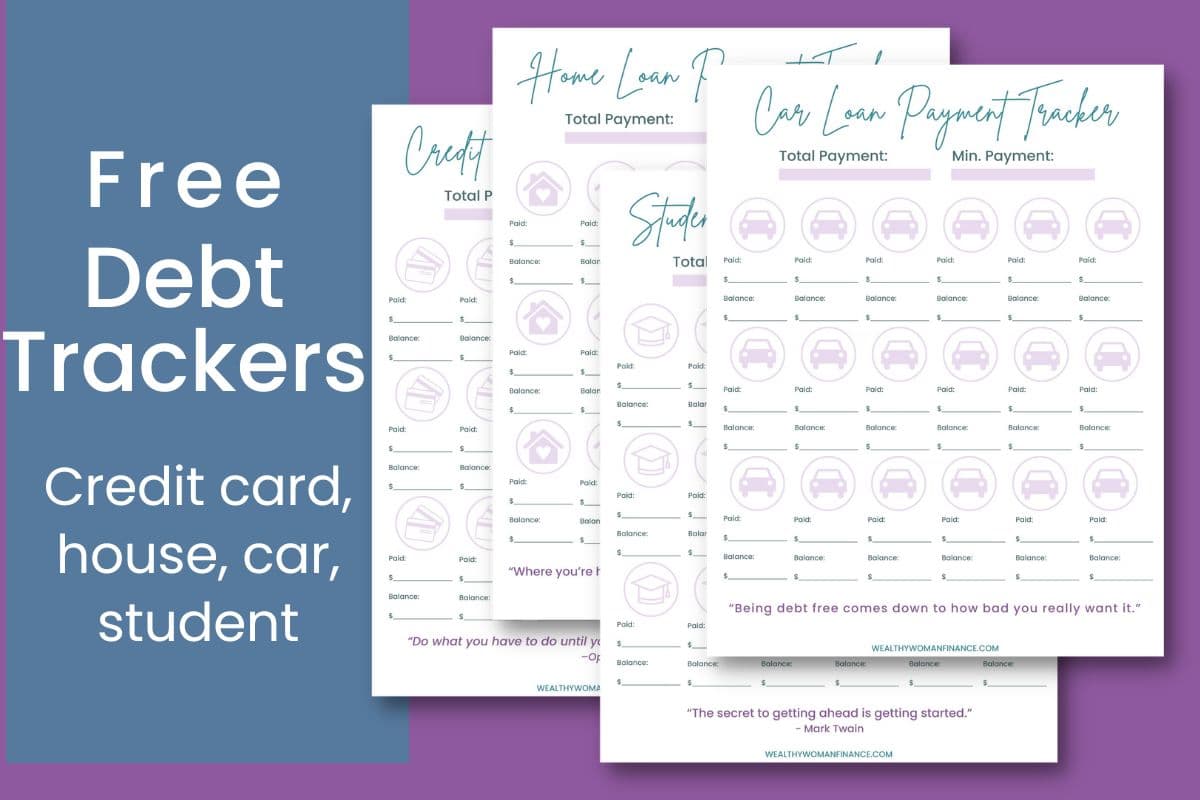
Tip To Make It Work:
- Use these debt tracker printables for free and get going!
Baby Step 3: Save 3-6 Months of Expenses (A Fully Funded Emergency Fund)
Now that debt is no longer weighing you down, finish out that emergency fund. This will protect you in hard times and bring you amazing peace of mind.
Tip To Make It Work:
Try this fun emergency fund challenge printable >>
Step 4: Invest 15% into Your Retirement

By this step, your foundation has been built. You are no longer giving your money to creditors and you can support yourself in times of crisis. Now, secure your financial future by building your nest egg.
This is about building wealth over time and taking advantage of compound interest.
Note: It’s not about timing the market! Check out these incredible investing facts and statistics to learn what works >>
Tips To Make It Work:
- Open a retirement account
- Make your investments automatic
- Spread out your investments to minimize risk
Step 5: Save For College
Now that your financial future is secured, invest in your kids’ future. One of the best ways to do this is through a 529 plan. These are great because they come with tax advantages.
For example, where I live in the state of Kansas, you can pick a 529 plan from anywhere in the country and still receive a tax benefit with the state
A Coverdell Education Savings Account (ESA) is another option.
Dave recommends saving enough to cover the costs of a 4-year university.
Tips to Make This Ramsey Baby Step Work:
- Do a little research. Investing in a 529 isn’t as scary as you think. Savingforcollege.com is a great site to explore.
- Run the numbers with a calculator
- Make it automatic (just like retirement)
Step 6: Pay Off Your Home

By this step in the 7 baby step process, Dave Ramsey recommends paying off your home. This allows you financial freedom. It also gives you a boost of cash flow every month.
If you use the debt snowball method that the steps promote, this means that all of the smaller debts you paid off earlier can go towards this larger debt at the end.
Not sure how to pay off your mortgage early?
Tips To Make It Work:
- Make extra payments that go towards your principal. You can easily do this online through your bank. This will drastically reduce the amount of interest you pay over the life of the loan.
- Refinance to a 15 year mortgage if the numbers make sense. This will give you a lower interest rate, and allow you to cut your mortgage length in half if you have a 30-year loan.
Dave Ramsey Baby Step 7: Build Wealth (And Give)
The final step is about building your legacy and making the world a better place.
Dave Ramsey recommends investing in mutual funds and real estate.
He also believes that giving is an essential part of living a life of abundance. He recommends giving at least 10% of your income to charity or those in need. This will not only help others but also bring you fulfillment.
Tips To Make It Work:
- Continue automating investments and now add giving to your automations
- Studies show that low-index funds are hard to beat
- Continue diversifying
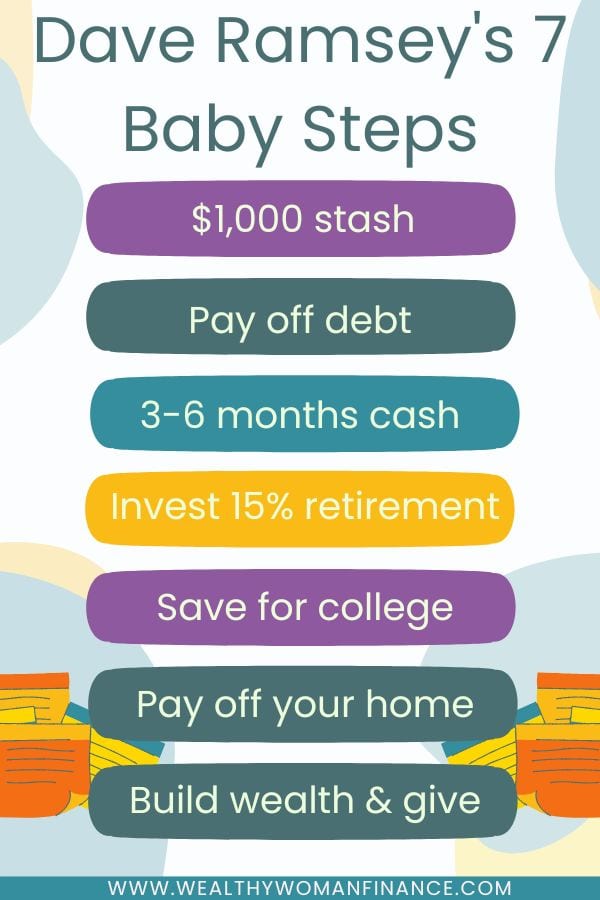
Dave Ramsey Baby Step Pros & Cons
Alright, now you know the basics. So what are the advantages and disadvantages to Dave’s steps? Let’s find out!

Pros
- His plan is clear-cut and easy to follow.
- The baby steps are sound. The advice Ramsey gives is proven to work.
- Everything in the plan is achievable with commitment and dedication.
Cons
- You might have different financial goals. In this case, the steps or the order don’t work for you.
- Everyone’s situation is unique. A one-size-fits-all approach only works for a certain percentage of people.
- You may have different beliefs or values. For example, Ramsey’s approach is that all debt is bad. But there are very wealthy people that make their fortunes by leveraging debt in a smart way.
- If you wait until step 4 to save for retirement, you might be missing out on your employer match (see alternatives below)
7 Dave Ramsey Baby Steps Alternatives
Here are a few different approaches you can take or ways to tweak his overall guide. These may better fit your lifestyle.
A percentage budgeting method Based On Your Unique Goals
Splitting your budget up into needs, wants, and savings can help you create a budget that works for you. Plus, it is much less time consuming than Dave’s zero based budgeting.
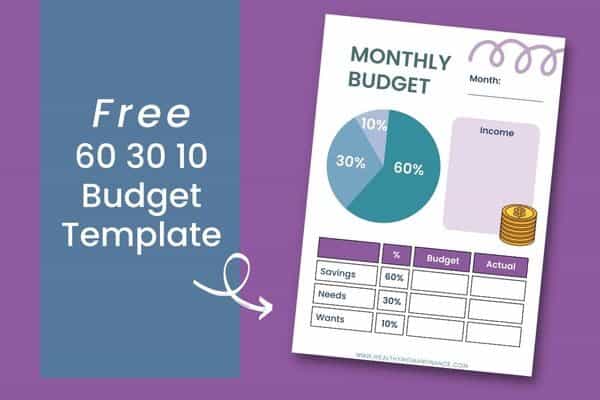
Go with the most popular: The 50 30 20 budget rule
If you want to retire early, go for the 60 30 10 method
And if you want a specific category for giving or debt, try the 70 20 10 rule.
Debt Avalanche Method
The debt avalanche method is a different way to pay off your debts. Instead of paying off your smallest debt first, you pay off the highest-interest rate debts. This will save you money over the long run if you can stay motivated.
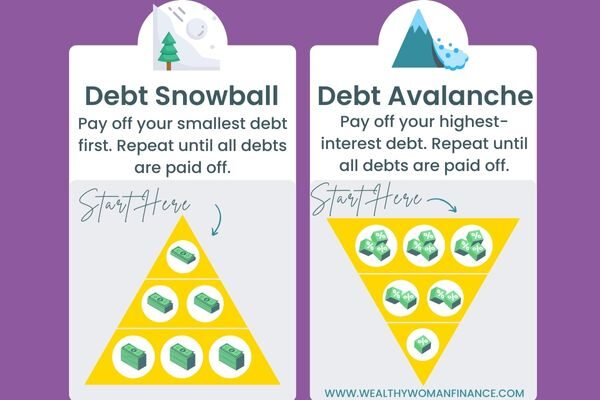
Invest Earlier
Dave’s plan doesn’t invest until step 4. But if your employer offers a match to your retirement account, you should be taking advantage of that as soon as possible.
That is free money!
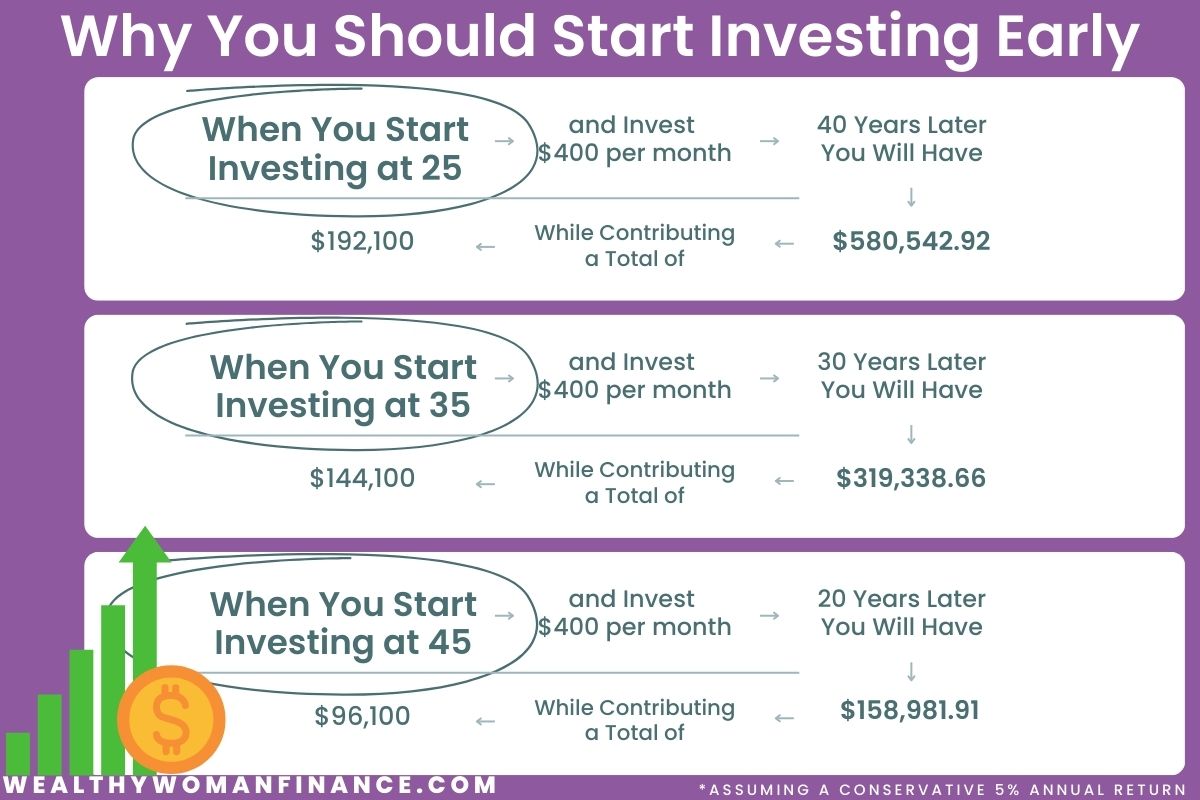
And even if there is no employer match, investing sooner will give you more time to accumulate compound interest.
Invest More Or Less
15% investment in retirement may be more or less than you want, depending on your goals.
My Issues & Alternatives With the Dave Ramsey’s Baby Steps
And finally, when I look at the steps, these are the big questions I think of:

What if you aren’t deep in debt?
If you have an emergency fund and don’t have debt, Dave’s steps seem very basic.
What If You Want to Invest in Real Estate?
Dave’s steps give the perception that all debt is bad. But this is not the case.
Real estate is an investment that provides cash flow and potential appreciation over time. And it is the smart use of debt that makes this wealth available to many.
What if It Doesn’t Make Sense To Pay Off Your Home?

I often wonder if we should pay off our mortgage for the peace of mind. But our mortgage interest rate is 2.5% on a 15-year home loan. And because of inflation, we now make more money in our high-yield savings account!
It is hard for me to justify paying off our loan when I look at the numbers.
What if you can’t (or don’t want to) save 4 years of college tuition?
My husband and I decided long ago that we wanted to take a hybrid approach to paying for our kids’ college. Yes, we would save and help them out. Because we don’t want them to be saddled with high debt.
But no, we won’t pay for the entire thing. Here’s why:
- We want them to understand what debt feels like. This will help them fully appreciate when they take responsibility and free themselves from it.
- We want them to make frugal choices. My experience in college was that the friends who’s parents paid for everything made the worst financial decisions. It wasn’t their money, so they didn’t care.
- Full 4-year tuition for 3 kids is expensive. And we have other financial goals and priorities too.
Everyone has different money values and beliefs! And that is fine. But it is also ok to realize that you don’t have to follow Dave’s plan fully.
And What About Inflation?
$1,000 doesn’t go as far now as it did when Dave Ramsey first came out with these baby steps.
One financial research paper has found that $2,467 is the actual emergency fund number needed for the average low-income household.
What Do You Think of Dave Ramsey’s 7 Baby Steps?
Do you love them? Do you hate them? Leave a comment and let me know!
More Wealthy Woman Articles You Will Love…
- Frugal Vs. Cheap – which are you?
- Rich Vs. Wealthy – there’s a big difference!
- How to Build Stealth Wealth




